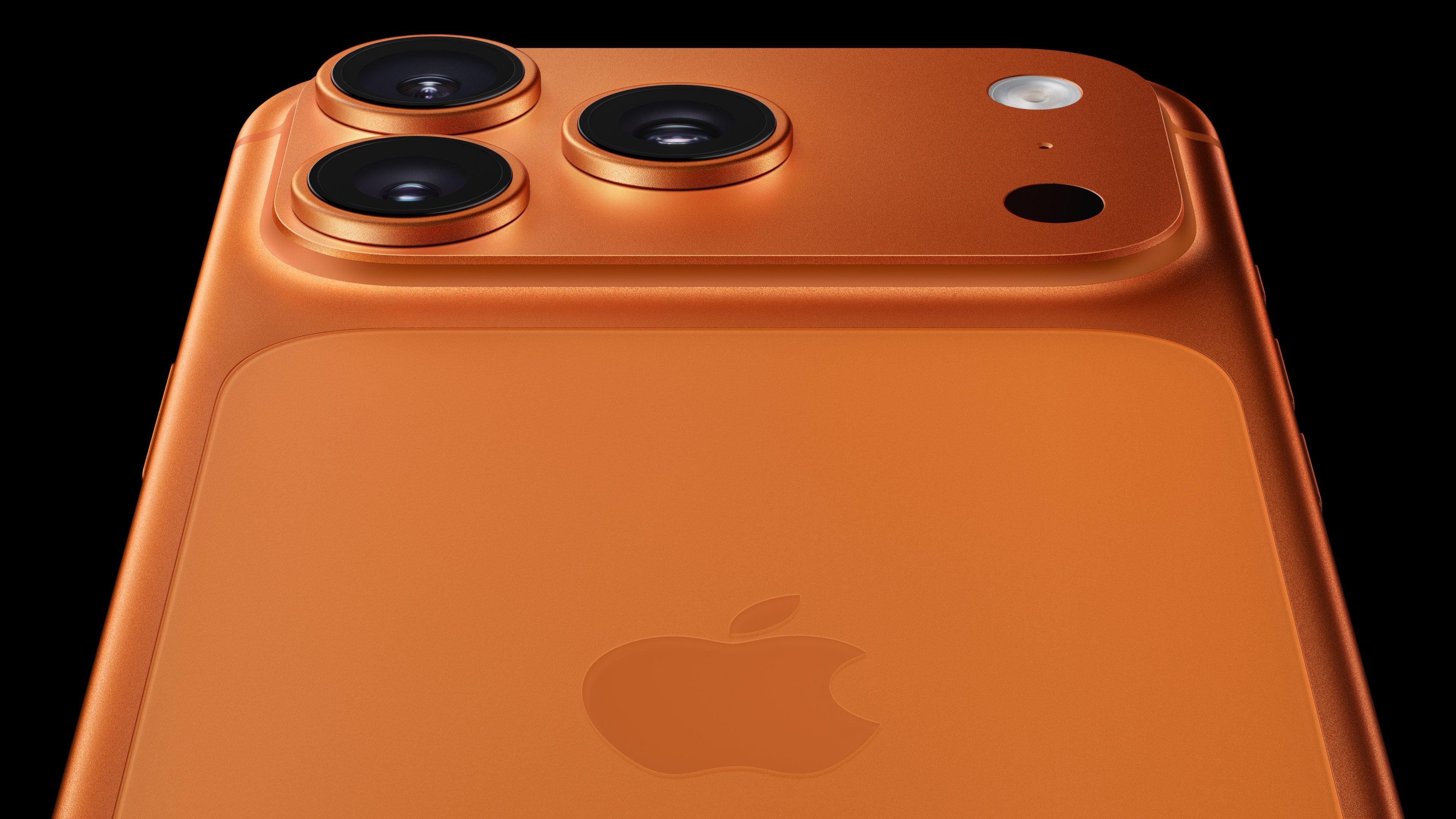
Microsoft Lumia 950 may not be the best way for Microsoft to compete against Apple in devices and steal margin. Source: Microsoft.
When it comes to smartphone operating systems, it's safe to characterize the market as a firm duopoly. Leading all operating systems is Alphabet's open-source Android OS, with nearly 85% of all smartphone sales running Android as of the third-calendar quarter, according to analyst firm Gartner. The only other operating system with a significant market-share percentage is Apple's (AAPL 0.34%) iOS, which reported 13% of all sales in the quarter.
Together, these two operating systems command roughly 98% of all smartphone sales, with Microsoft (MSFT +0.14%) taking the vast majority (1.7%) of the remaining market. After an aggressive move to compete in the smartphone market, with former CEO Steve Ballmer buying Nokia's phone business for $7.9 billion in 2014, the company took an impairment charge of $7.6 billion in June, which signified to many that the company expects its fortunes not to change going forward.
But the large writedown doesn't mean the company is done trying to compete. Corporate VP Steve Guggenheimer described the process as "rebuilding," even going as far as saying that the company wants to "put a little dent" in Apple's enviable smartphone margins.
What's going on with Microsoft's Lumia?
In an attempt to compete with Apple's high-end smartphones, Guggenheimer confirms that Microsoft's strategy is going for luxury phones in the beginning. Interestingly enough, he made these comments in India, which tends to be more interested in low/mid-range models, as affordability is an issue in its developing economy.
As for the current high-end models, the Lumia 950 and Lumia 950XL, the units have only been out for a few weeks, and Microsoft has always been coy with its units sold. Anecdotally, however, these new units don't appear to be a huge departure sales-wise from the company's past models. And the company will need a course correction to challenge Apple -- Gartner's 1.7% market-share figure is Microsoft's lowest percentage since the third calendar quarter of 2011.
Microsoft is getting better in devices, though
Interestingly enough, though, Microsoft is getting better at devices. After appropriating huge marketing spend toward its Surface line of tablets -- even inking a deal with the NFL -- it seems the device is growing market share. After an embarrassing Surface RT rollout that many claimed sealed former CEO Steve Ballmer's fate, the company turned a profit in last year's September quarter, and has continued strong growth from the product.

Russell Wilson with Microsoft's Surface -- hopefully studying goal-line running plays. Source: Microsoft.
Perhaps the culmination of Microsoft's Surface growth was an October report from 1010 Data Ecom Insights, by way of Tech Times, which found the company beat out Apple's iPad in online tablet sales that month. And while there are a few qualifiers to this data -- mainly, it's only one month, the Surface Book and Surface Pro 4's introduction month, and only through online channels – Microsoft besting Apple in any device-related direct competition would have been considered heresy a mere year ago.
Of course, there's an opposite side of this story, as well, as Apple's once-dominant iPad business has considerably slowed amid a slower-than-expected refresh market, a trade-down to cheaper options, and the presence of substitutes like Microsoft's new two-in-one Surface book. In the end, Microsoft may be able to put a dent in Apple's device margins, but I think Guggenheimer's focusing on the wrong product.






